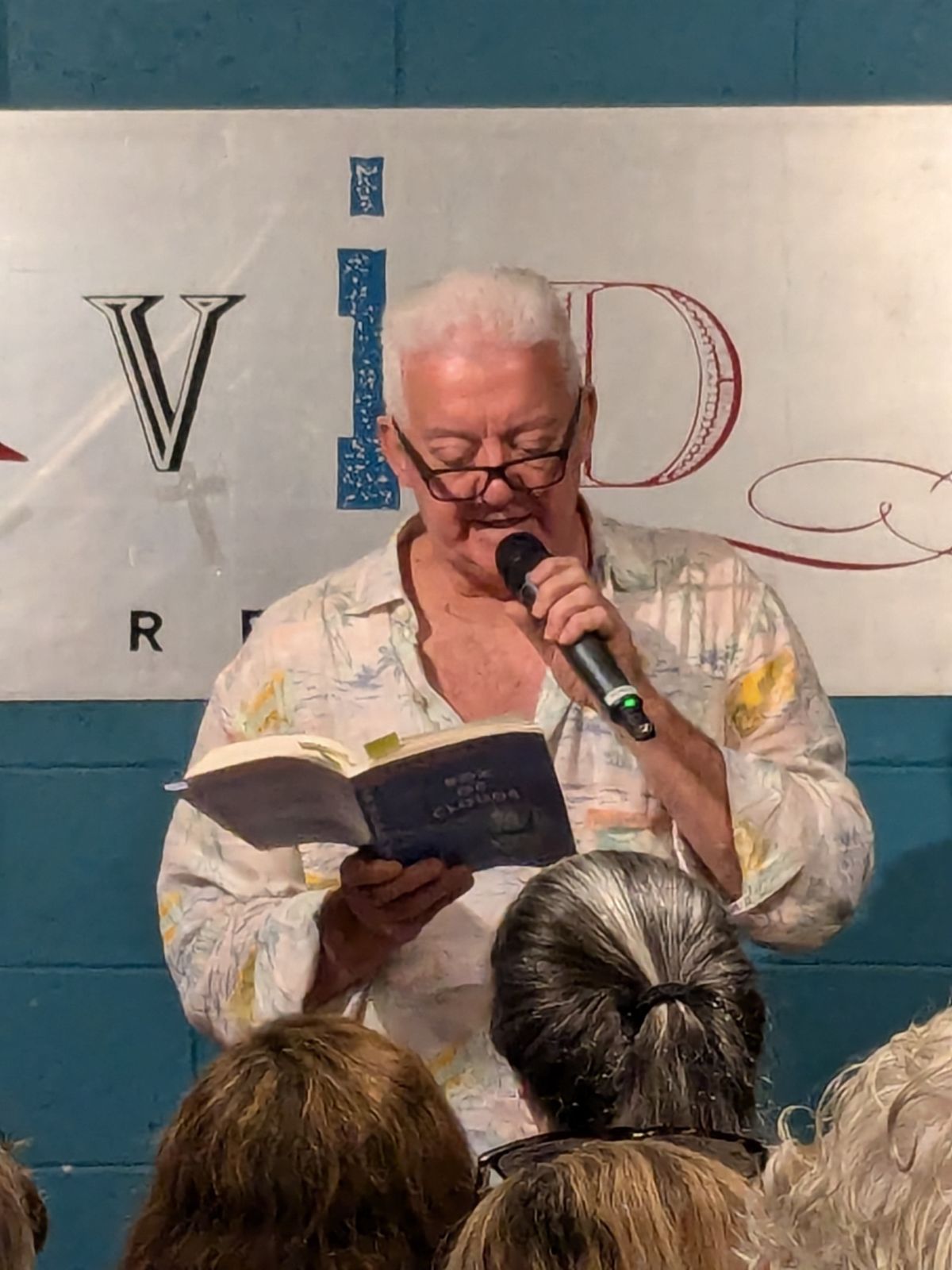
His Left Foot
I am outraged when I hear of wilful destruction of artworks. I rejoice at the discovery of a lost masterpiece. I can’t desecrate a book by folding dog ears on a page to mark my place. Colouring outside the lines causes me grief. To this day my greatest sin is wanting to touch. My greatest challenge is restraint. Honestly, do I seem like a rabid iconoclast hellbent on carnage?
The British Museum, le Louvre, Museo Nacional del Prado, Musei di Piazza San Marco, Galleria degli Uffuzi, Vatican Museum, Agora in Athens, Rijksmuseum, everywhere you go it is the same. If not a faded sign hanging limply off threadbare red velvet rope barring entry, then it’s every move shadowed by an exhaustively vigilant finger wagging museum guard, snarling “ne touche pas”, “non toccare”, “no tocar”, “min angízeis” “niet aanraken”; even to a mono linguist the translation is obvious – DO NOT TOUCH
Of course, there are art nutters. Laszlo Toth, incidentally a mentally unstable Australian, took a hammer to Michelangelo’s Pieta, the Mona Lisa having had her fair share of attacks smiles enigmatically through shatter proof glass, Rembrandt’s The Night Watch has received multiple stab wounds. The Little Mermaid sitting in Copenhagen Harbour suffered repeated decapitations and now sports a new head. Even in death Oscar Wilde suffers more than his fair share of artistic damage from the loving act of lipstick kisses over his gravesite.
Imagine then my horror when in Florence discovering another site of wilful destruction. Granted this is the home of the Medici’s and one could reasonably expect a little poisoning here, a stealthy stiletto spilling giblets there. Yet another crushing blow, this time in 1991, Italian artist Piero Cannata snuck a small hammer into the Galleria dell’Accademia and promptly took off the Statue of David’s second toe on his left foot.
My how times change, I was barely able to obtain a ticket to enter, let alone with a small hammer, so the chance of sneaking yourself in now is a thing of the past. Just to be clear it was never my intent of course, just an observation as I queued in Via Ricasoli among the throngs seeking entry. The lovely ticket kiosk attendant barely batted any eye lid as I stubbornly refused to accept there were no tickets available to view David in the coming two days and no madam Wednesday is not good, it’s the day I travel to Naples. And no, the two very spectacular free for view David’s in public spaces will not suffice. What, there are fakes? And in the city where the real one resides? Yes, and yes. Despite growing discontent behind me I made it clear I would not leave without an entrée ticket in hand. Oh, settle you malcontents, wouldn’t you if you’d travelled from Australia with only forty-eight hours to see everything? And the genuine David really is everything but, I am getting ahead of myself, let me tell you about the two public fakes, or as they call them here, replicas.
The Statue of David in Piazza della Signoria is a replica, though its resemblance to the original statue is uncanny to most travellers who pass by the square some would be none the wiser. In 1910, the replica was created to replace the original statue that had been moved into the Accademia Gallery. Pigeons will do that. The L-shaped piazza situated between the Duomo and the Arno River houses many significant Renaissance structures in the centre of Florence. The replica stands adjacent to statues from sculptors including Donatello, Benvenuto Cellini, Giambologna, Bachio Bondinelli, Fancelli and Vacca providing more insight into the political, economic, and architectural history of Florence.
Standing on the hillside at Piazzale Michelangelo, another Statue of David overlooks the view of Florence. In the 1860s, Guiseppe Poggi developed Piazzale Michelangelo and illustrated plans for a Michelangelo monument to hold replicas of his work. Because of the significance of the Statue of David, the city placed a replica in bronze to differentiate the two masterpieces on the monument’s base in 1873. The verdigris Statue of David remains central to Piazzale Michelangelo.
Replicas aside, nothing can prepare you for coming face to face with the genuine article. He is almost alive. Breathtaking doesn’t do justice to the first sight of the authentic 5.18 metre colossal hand carved white marble beauty. And as you gaze in awe at the shimmering naked perfection standing so proudly before you the question niggles; how on earth could someone see, and subsequently release this perfect body, from a whopping block of rough hewn marble? The project began by Agostino di Duccio and Antonio Rossellino in 1464 and 1475 respectively; however, neither sculptor could curve the marble due to its substantial size. Michelangelo, willing to complete the challenge, began the project in 1501 and ended in 1504.
It would be easy, and preferable, to say viewing David is done reverently but that is not the case. So much for my umbrage. The volume of ambient noise has necessitated a job position best described as, “David shoosher.” While some admire silently, immobilised on the spot, many giggle and point as they push and shove to gain the best selfie vantage spot with David’s unremarkable appendage hanging overhead. Little wonder then there will be some who are drawn intent on exacting revenge on a masterpiece. Some may pass off David’s attack as just a little hammer blow to his left foot. I find it incomprehensible someone can strike a blow against another person’s masterful work. I still won’t fold dog’s ears in a book.
Historical Footnotes:
2015: The Syrian World Heritage site of Palmyra was systematically destroyed by ISIL forces. This was not their first foray, the militants had been at work since 2014 on mosques, shrines, churches, and monasteries. ISIL justifies the destruction of cultural heritage sites as being in accordance with Sunni Islamic tradition.
2020: During the George Floyd Black Lives Matter protests across the USA the public sculpture Serve & Protect in Salt Lake City’s Public Safety Building was vandalized. The sculpture, a large pair of hands, representing the service of the police was covered with red paint such that the hands appear blood stained. This act of protest drew attention to police brutality; the paint was washed off the next day.
If you are outraged or your interest piqued take on the pursuit of information. There are multiple sources at your fingertips. Please read widely and wisely.










